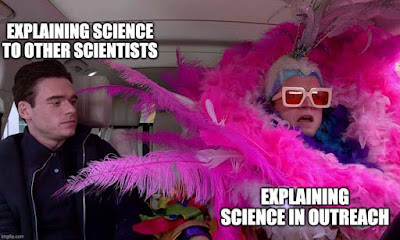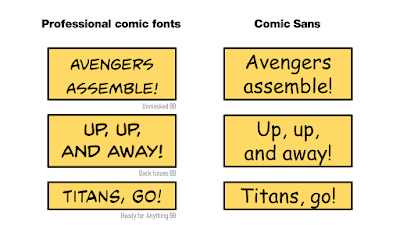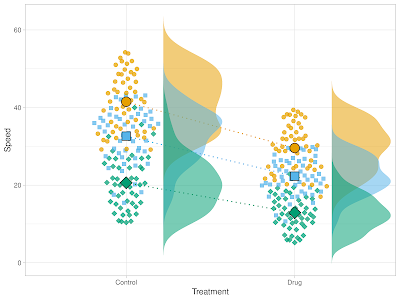Very interesting report here about science communication. It tried to develop a scheme to asses what makes for good science communication, and came up with this summary diagram.
The three key elements for successful scientific communication are (slightly paraphrased):
- Trust.
- Style.
- Relevance.
Most of these principles are applicable to communication between scientists, not just from scientists to non-scientists.
To think about this in terms of conference posters:
Professional societies are usually going to trust other members (even students) by default. You have a leg up there.
Style... well, that’s why this blog exists. Many people struggle with style, but it is a solvable problem that you can address if you learn some basic skills.
For a conference setting, I suggest one tweak to the principle of connection (or relevance, as I called it above). I would rephrase “Connection with the society” as “Connection with community.”
“Society” is too big and nebulous. “Community” is smaller and more manageable. In particular, when trying to communicate with other scientists, you should be thinking about “Connection with your research community.”
Lots of posters (and presentations and papers) fail to gain an audience not because the science is bad, but because they don’t address the ongoing discussion within the community.
For example, if you are in a biomedical research community with a few well-studied model organisms, you are going to face a big uphill battle if your project is using a non-standard organism.
For example, if there is some ongoing controversy in your field, you are going to have an easy time attracting an audience if your project addresses that controversy. In the last year, it was easy to get eyeballs on a scientific paper: just make sure it was about COVID-19 in some way.
And while talking about the importance of understanding your community:
From here.
Hat tip to Jordan Pennells.
How to improve science communication? Consider these 12 guiding principles


















